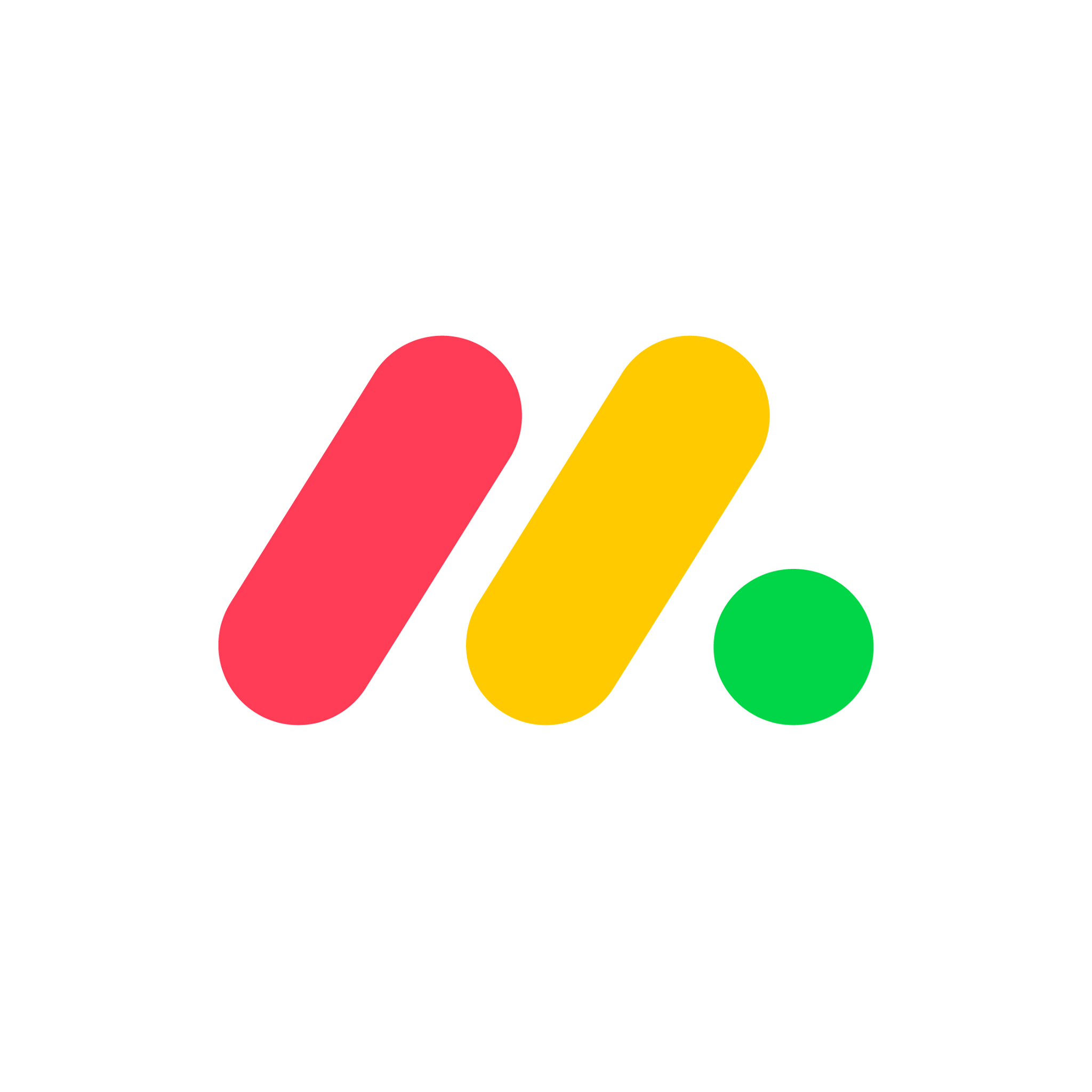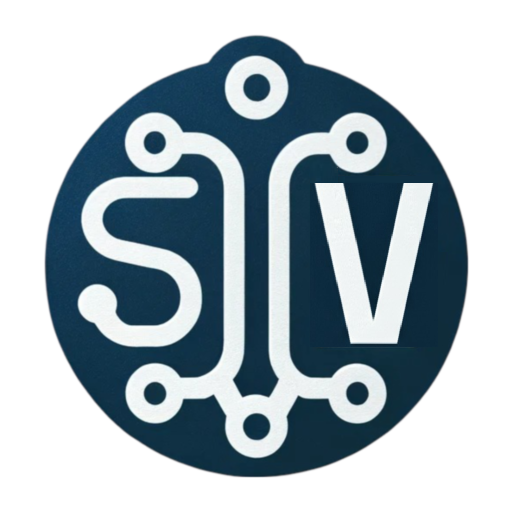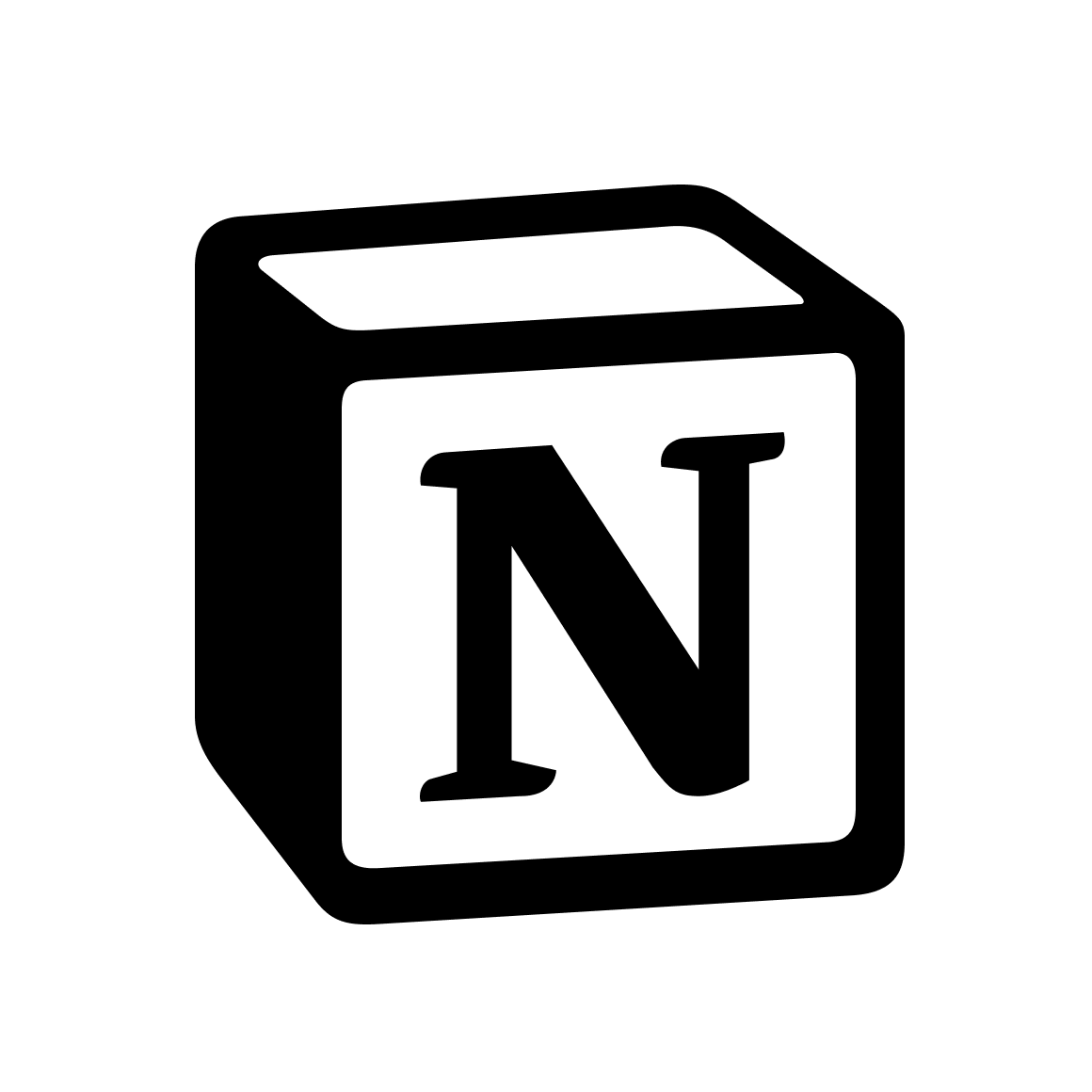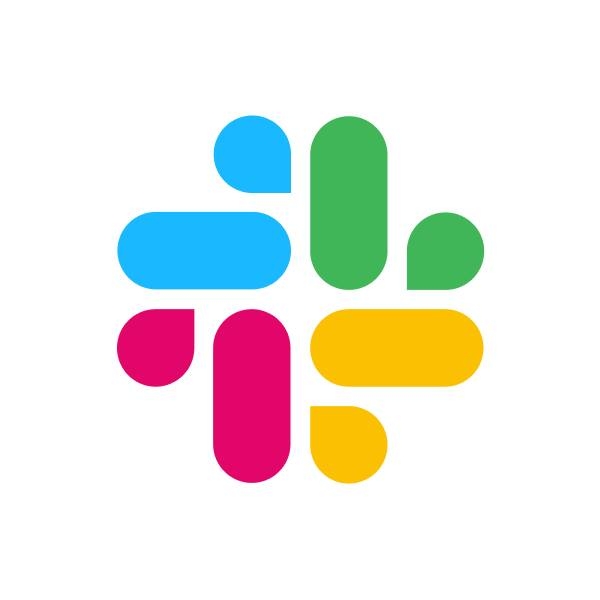
Power Tools
Disclosure for Our Readers
This blog contains affiliate links. If you make a purchase through one of these links, our team may earn a commission at no extra cost to you. Learn more. Thanks for your support!
Are you drowning in a sea of to-do lists? Many teams feel overwhelmed by scattered tasks. They struggle with endless spreadsheets and disjointed communication.
monday.com aims to be the ultimate solution. It’s a platform designed to centralize every workflow. But does it truly deliver on its promise?
We’ve analyzed expert opinions and user feedback. We explored every feature to see if it works. This guide breaks down everything you need to know.
What Is monday.com’s Work OS?
monday.com calls itself a “Work OS.” This means it’s a Work Operating System. It is a central, cloud-based platform.
It allows teams to build custom workflow apps. You can plan, run, and track every process. It goes far beyond a simple task list.
Think of it as digital building blocks. You can assemble them to manage any kind of work. This creates a single, unified home for everything.
Core Strengths: Why Teams Love monday.com for Project Management
The platform’s greatest strength is project management. Its design is visually engaging and highly intuitive. This makes complex work easy to understand.
Visual Flexibility: See Your Work, Your Way
Every team has its own preferred workflow. monday.com embraces this with multiple project views. You can switch between them with a single click.
For teams following Agile methodology, the Kanban board is essential. It visualizes your workflow in columns. You can easily drag tasks from “To Do” to “Done.”
The Gantt chart is perfect for complex projects. It displays task timelines and dependencies. You can see how one delay might affect the entire project.
If you love spreadsheets, the Table view feels familiar. It organizes data in a clean, grid-like format. You can see immense detail at a glance.
The Calendar view helps teams track important deadlines. It shows tasks and milestones visually. This is perfect for managing content schedules or event plans.
Unmatched Customization: Tailor Everything to Your Needs
This is where monday.com truly stands out. You can customize almost every element. Your board can perfectly match your team’s process.
Add dozens of unique column types. Track status, budget, locations, or files. You can even add rating or formula columns.
Color-coding makes statuses instantly recognizable. Red can mean “Stuck,” while green means “Done.” This visual language simplifies project tracking.
Powerful Filtering and Organization
Large projects can become cluttered quickly. monday.com’s filtering options are a lifesaver. They help you focus only on what matters.
Filter tasks by person, due date, or status. The “My Work” section shows only tasks assigned to you. This personal view reduces distraction and increases focus.
You can also pin important columns. They will stay fixed as you scroll sideways. It’s a small detail that makes a huge difference.
The Big Question: Can monday.com Replace Your CRM?
monday.com has expanded into the sales world. Its monday sales CRM software is a major offering. But can it compete with dedicated platforms?
The global CRM market is projected to reach $157.6 billion by 2030, showing the massive demand for these tools (source: Grand View Research). monday.com wants a piece of that pie.
The Pros: A Unified and Intuitive Sales Hub
For existing users, the CRM is a natural fit. It uses the same beautiful and intuitive interface. This eliminates the need for a separate, clunky system.
It’s excellent for project-based sales. You can manage a sales pipeline and project delivery in one place. Automations can streamline lead nurturing and follow-ups.
The Cons: Where Traditional CRMs Pull Ahead
However, user feedback reveals some limitations. It’s a highly advanced template, not a ground-up CRM. This means some deep functionalities are missing.
Users report its contact management is less robust. It can be challenging for managing large, complex client databases. Traditional CRMs often handle this better.
While it connects to Gmail and Outlook, it’s not perfect. It lacks the advanced email marketing and tracking features. You won’t find deep analytics here.
The mobile app is for the general Work OS. There is no dedicated app for sales. This is a significant drawback for sales reps in the field.
Our Verdict on monday sales CRM
If your team is already on monday.com, it’s a powerful addition. It unifies your sales and project workflows beautifully. But if you need a hardcore, sales-first CRM, look elsewhere.
Driving Efficiency with Automation and Integrations
Automation is a key to modern productivity. In fact, 9 out of 10 knowledge workers say automation has improved their lives at work (source: Zapier). monday.com makes it easy.
No-Code Automation Recipes
You don’t need to be a coder. monday.com uses simple “recipes.” These are “if this, then that” automations.
You can create rules like:
- “When a task is ‘Done,’ notify the team lead.”
- “Every Monday, create a new ‘Weekly Planning’ task.”
- “When a form is submitted, create a new item.”
Third-Party App Integrations
monday.com connects with over 200 other tools. This allows you to centralize your entire software stack.
Integrate with essential apps like Slack, Google Drive, and Dropbox. You can also connect Mailchimp, Zendesk, and many others. This creates a seamless flow of information.
A Detailed Breakdown of monday.com’s Pricing Plans
Choosing the right plan is crucial. Small businesses often have tight budgets. On average, they spend about 2.7% of their revenue on IT (source: Deloitte). Let’s see where monday.com fits.
Its pricing is per seat, with a minimum of three seats for paid plans.
| Plan | Best For | Key Features |
| Free | Individuals or Duos | Up to 3 boards |
| Basic | Basic Task Management | Unlimited items, 5GB storage |
| Standard | Most Teams | Gantt, Calendar, Automations |
| Pro | Power Users | Private boards, Time tracking |
| Enterprise | Large Organizations | Advanced security, Analytics |
The Free Plan: Is It Enough?
The Free plan is very restrictive. It’s limited to two users and three boards. It’s best for testing the platform or for very small projects.
The Basic Plan: A Risky Starting Point
The Basic plan is a hard sell. It lacks the Timeline, Gantt, and Calendar views. It also misses out on most automations and integrations.
The Standard Plan: The Best Value for Most
This is the sweet spot. The Standard plan unlocks most of the features that make monday.com great. It offers excellent value for growing teams.
The Pro Plan: For Power Users and Large Teams
The Pro plan adds private boards and time tracking. It also massively increases automation and integration limits. This is ideal for complex, data-heavy workflows.
The Enterprise Plan: For Corporate Needs
This plan offers enterprise-grade security and governance. It includes advanced analytics and multi-level permissions. You will need to contact sales for a custom quote.
The Final Verdict: Is monday.com Worth It in 2025?
So, is monday.com the right choice for you? It depends on your primary goal.
For Project Management
Absolutely, yes. It is a top-tier project management tool. It’s powerful, flexible, and visually stunning. It will bring clarity and structure to your work.
For a Sales CRM
It’s a qualified maybe. If you’re already in the monday.com ecosystem, it’s a great choice. But if you need a sales-first platform, it may not be enough.
Ready to decide for yourself? Try it out and see how it fits your team.





